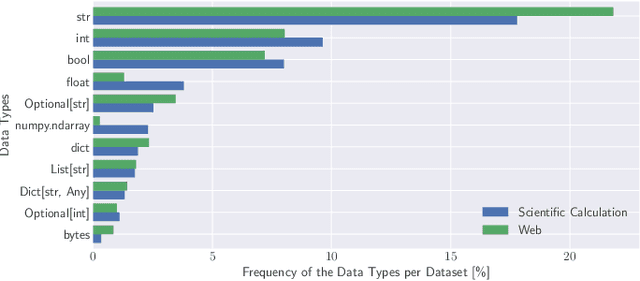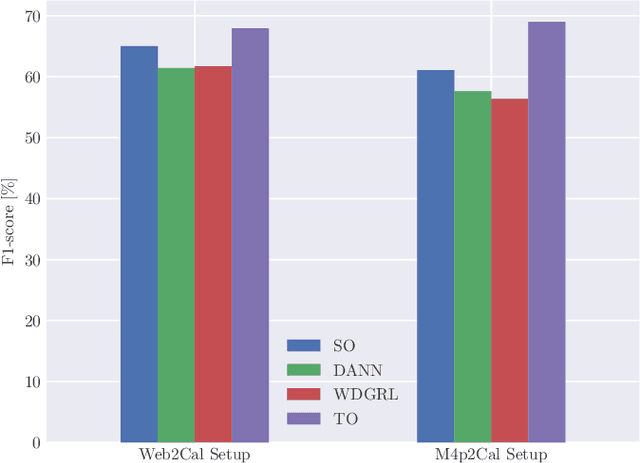Cross-Domain Evaluation of a Deep Learning-Based Type Inference System
Paper and Code
Aug 19, 2022



Optional type annotations allow for enriching dynamic programming languages with static typing features like better Integrated Development Environment (IDE) support, more precise program analysis, and early detection and prevention of type-related runtime errors. Machine learning-based type inference promises interesting results for automating this task. However, the practical usage of such systems depends on their ability to generalize across different domains, as they are often applied outside their training domain. In this work, we investigate the generalization ability of Type4Py as a representative for state-of-the-art deep learning-based type inference systems, by conducting extensive cross-domain experiments. Thereby, we address the following problems: dataset shifts, out-of-vocabulary words, unknown classes, and rare classes. To perform such experiments, we use the datasets ManyTypes4Py and CrossDomainTypes4Py. The latter we introduce in this paper. Our dataset has over 1,000,000 type annotations and enables cross-domain evaluation of type inference systems in different domains of software projects using data from the two domains web development and scientific calculation. Through our experiments, we detect shifts in the dataset and that it has a long-tailed distribution with many rare and unknown data types which decreases the performance of the deep learning-based type inference system drastically. In this context, we test unsupervised domain adaptation methods and fine-tuning to overcome the issues. Moreover, we investigate the impact of out-of-vocabulary words.
 Add to Chrome
Add to Chrome Add to Firefox
Add to Firefox Add to Edge
Add to Edge